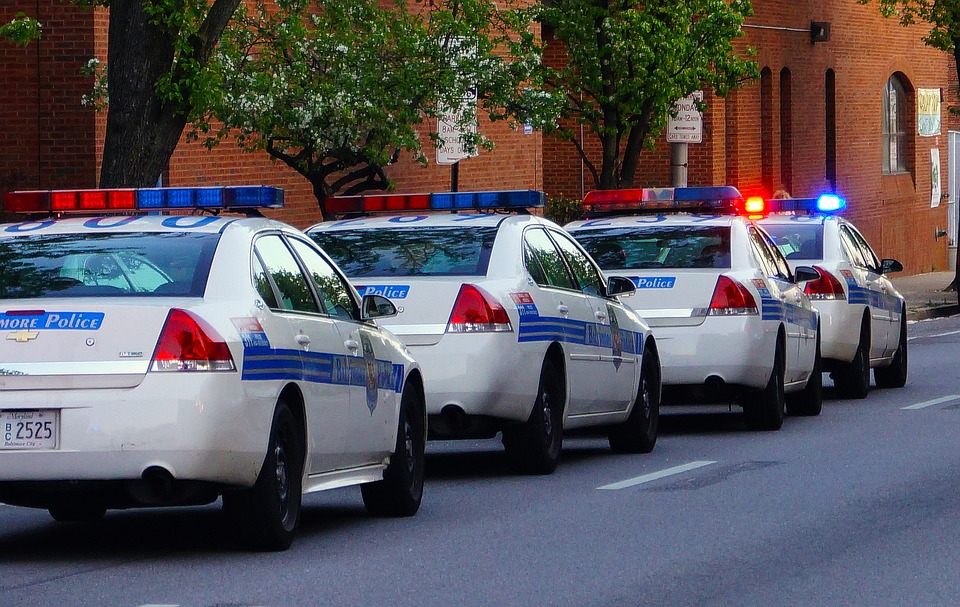Views expressed in opinion columns are the author’s own.
The American Civil Liberties Union of Maryland held a press conference last week in which they denounced Gov. Larry Hogan’s most recent policy proposals to lower crime in Maryland, calling them “a throwback to failed policies of past decades.” Hogan proposed the policies partly as a solution to soaring crime rates in Baltimore, according to a Baltimore Sun report.
The two most alarming proposals are 10-year mandatory minimum sentences for repeat offenses that involve handguns and trying as adults all minors over 16 years old charged with gang-related crimes — a move that would significantly raise the sentences given to juveniles. Both of these policies play into the larger narrative of being “tough on crime” — a term known as a rhetorical staple of the war on drugs and which has remained a dictating force in the way so many politicians address crime.
[Read more: Why does Larry Hogan offer Amazon billions while Baltimore schools freeze?]
In 1986, under the Reagan administration, Congress passed the Anti-Drug Abuse Act. Among other things, it was the first bill to enact mandatory minimums for drug offenses, launching an era in which discriminatory policies against black and brown communities were implemented under the guise of waging a war on drugs. This regime of discriminatory sentencing transcends the boundaries of the 1980s and ’90s; it has informed the progression of our nation’s criminal justice system — specifically in the boom of mass incarceration.
According to the Sentencing Project, the number of people incarcerated for drug offenses rose from 40,900 in 1980 to 469,545 in 2015. Right now, there are more people serving time for drug offenses than the number of people who were incarcerated for any crime in 1980. When discussing mass incarceration, it is important to examine the way that race comes into play. According to the Justice Policy Institute, almost 89 percent of the nearly 500 people sent to prison for a mandatory minimum drug sentence in Maryland were African-American.
[Read more: The University of Maryland should divest from the prison-industrial complex]
The war on drugs was a defining period in the history of our nation’s criminal justice system. Since that time, our nation’s prison system has exploded, leaving us the global leaders in incarceration by a wide margin. When put within this context, it is alarming the extent to which the policies Hogan aims to impose align with those of the war on drugs. His attempts to disguise them as a necessity in the name of being “tough on crime” align almost perfectly with the rhetoric of many politicians — both Democrat and Republican — of the late ’80s and early ’90s.
We are living in a time of great political setbacks and undoing. Every week it seems as if our nation has taken zero steps forward and three steps back. The policies introduced by Hogan fall within the scope of this trend, a calculated reversion to the past. It is imperative for us as a state — and as a country — to begin to reckon with the history that looms over our current prison system. In Maryland, this means beginning to unpack and understand the ways in which the archaic roots of discrimination intertwine with policies that aim to simply “fix crime.”
Examining the ways in which seemingly minor policies — such as new mandatory minimums or trying some juveniles as adults — align with larger structural patterns of discrimination is difficult yet critical. Systems such as mass incarceration only benefit from the fatigue and wariness so many feel about politics today.
Sarah Riback is a sophomore English and sociology major. She can be reached at riback.sarah@gmail.com.



